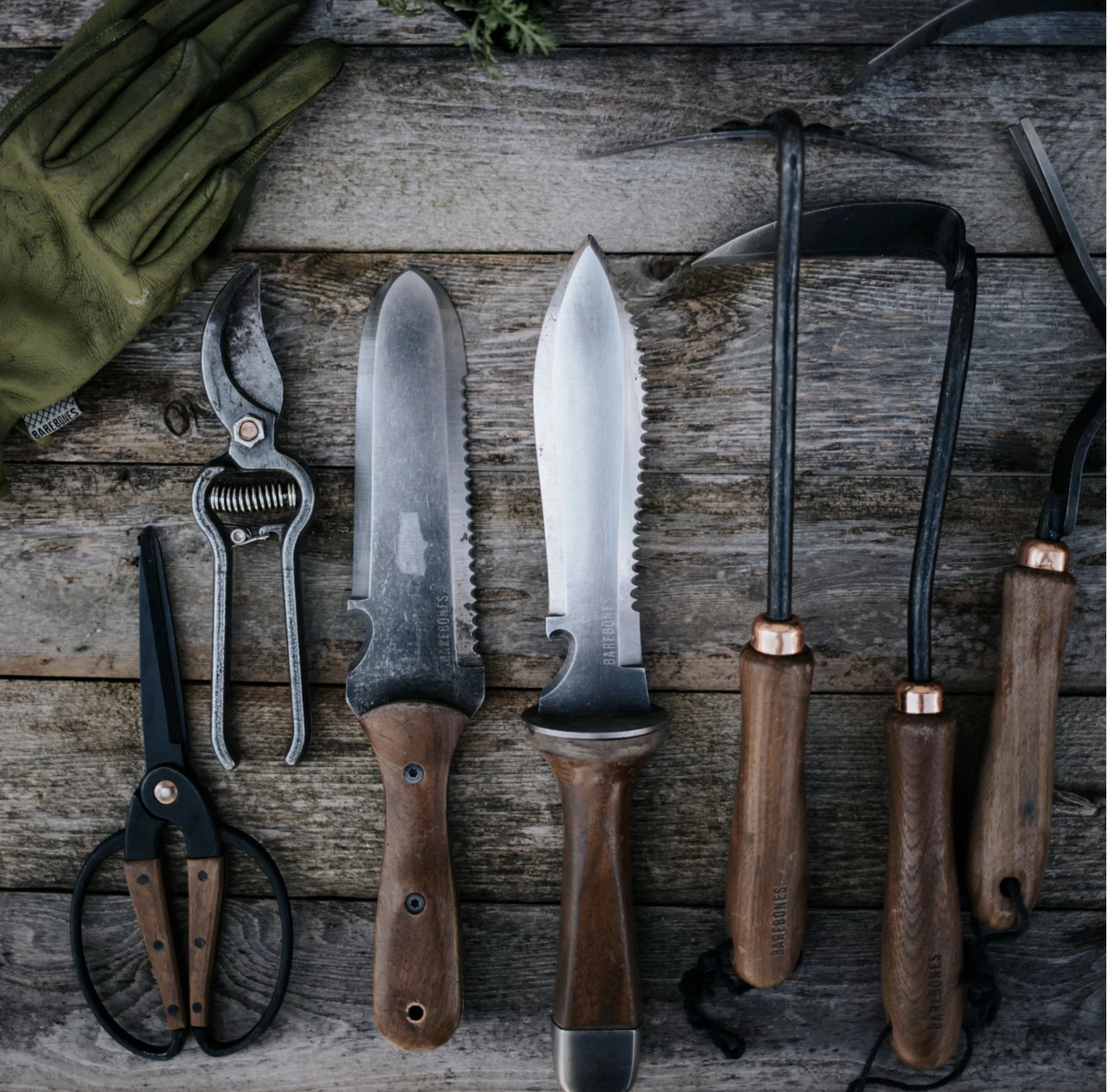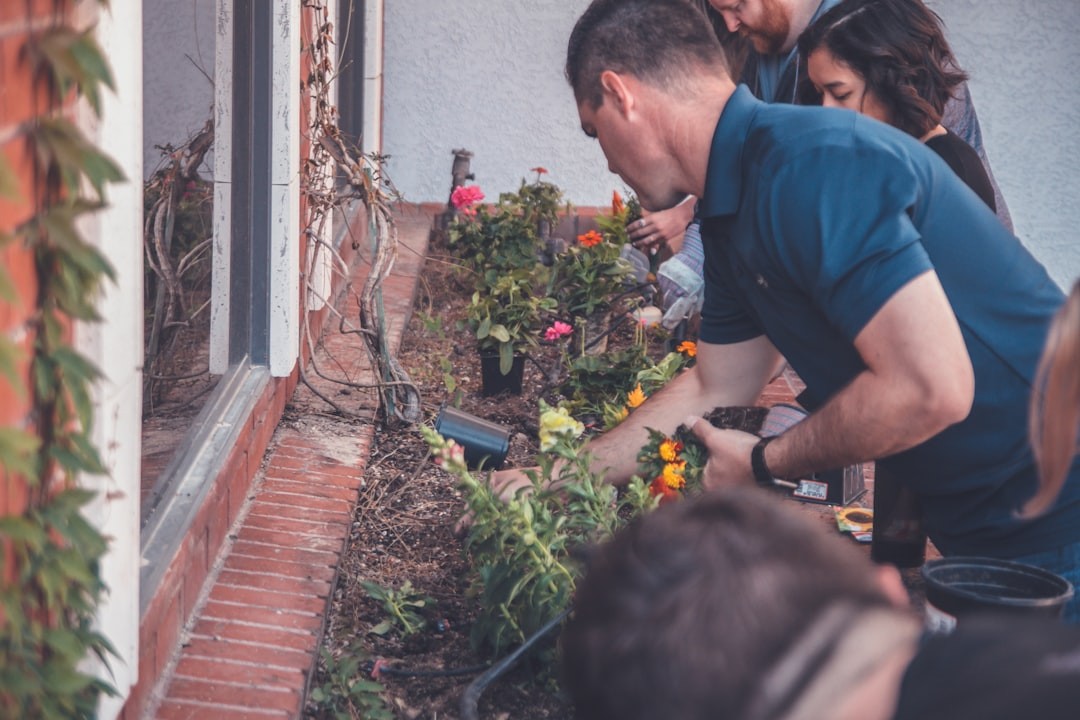Gardening is all about timing, and frost dates are one of the most critical tools in a gardener’s toolkit. These dates—the average first and last frosts of the year—help you plan when to plant, protect, and harvest your crops. Whether you’re a seasoned gardener or just starting out, understanding frost dates can mean the difference between a thriving garden and frostbitten disappointment. Let’s dig into what frost dates are, why they matter, and how to use them to your advantage.
What Are Frost Dates?
Frost dates mark the average first and last days of the year when temperatures dip low enough to cause frost (32°F or 0°C). The last frost date in spring signals when it’s (probably) safe to plant tender crops, while the first frost date in fall warns you to harvest or protect your plants before the weather takes a turn. The time between the last frost and the first frost is your growing season or the total number of days you have to grow crops outdoors, give or take a week on either end.
Why Frost Dates Matter
Frost dates are like the GPS of gardening—they help you navigate the growing season. We know when to start our seeds based on our last frost date and we should choose our plant varieties with our first frost date in mind. Plant too early, and your seedlings might face a frosty demise. Plant too late, and your pumpkins might still be green when Halloween rolls around. Knowing your frost dates ensures you’re working with nature, not against it. But here’s the twist: frost dates aren’t one-size-fits-all. Even within the same city or state, frost dates can be weeks apart. Urban heat islands, elevation, and proximity to large bodies of water influence your frost dates.
How to Find Your Frost Dates
Want to know your frost dates? It’s easy to find. Plug your zip code into tools like the Old Farmer’s Almanac Frost Dates Calculator or the National Gardening Association’s Frost Date Lookup. These resources use historical weather data to give you a ballpark estimate of your first and last frost dates. These dates are based on averages. There are no guarantees. Nature loves to keep us on our toes. So, what happens when those averages don’t pan out? Keep reading.
When Frost Throws a Curveball
Sometimes, frost shows up uninvited. If an unexpected late frost threatens your spring garden, cover plants with frost cloth or row cover, old sheets, or even cardboard boxes. For an early fall frost, harvest what you can and protect the rest as you would with a late frost. Flexibility and preparation are key!
Frost Dates and the Bigger Picture
Frost dates aren’t just about gardening—they’re a window into our changing climate. Over the past century, shifting weather patterns have altered frost dates in many regions, impacting ecosystems and agriculture. It’s a reminder that gardening isn’t just a hobby; it’s a way to connect with the rhythms of the natural world. With changing weather patterns, frost dates aren’t set in stone. It’s possible to have frost, snow, freezing rain, and/or hail well after your last frost…ask us how we know. Picture us in late April, running around covering our crops with sheets, blankets, and old curtains because of a freak snowstorm…almost two weeks AFTER our last frost date.
True story.
Want to dig deeper?
For more information on frost dates, check out these resources:
- The Old Farmer’s Almanac: Frost Dates Calculator https://www.almanac.com/gardening/frostdates
- National Gardening Association: Frost Date Lookup https://garden.org/apps/frost-dates/
- USDA Plant Hardiness Zone Map: Find Your Zone https://planthardiness.ars.usda.gov/
P.S. Tag us on social media and use the hashtag #CanYouDigIt. We want to support your gardening adventures. We can’t wait to see what you grow!
Happy gardening,
Hayley & Irma, Dig.® 🌱


